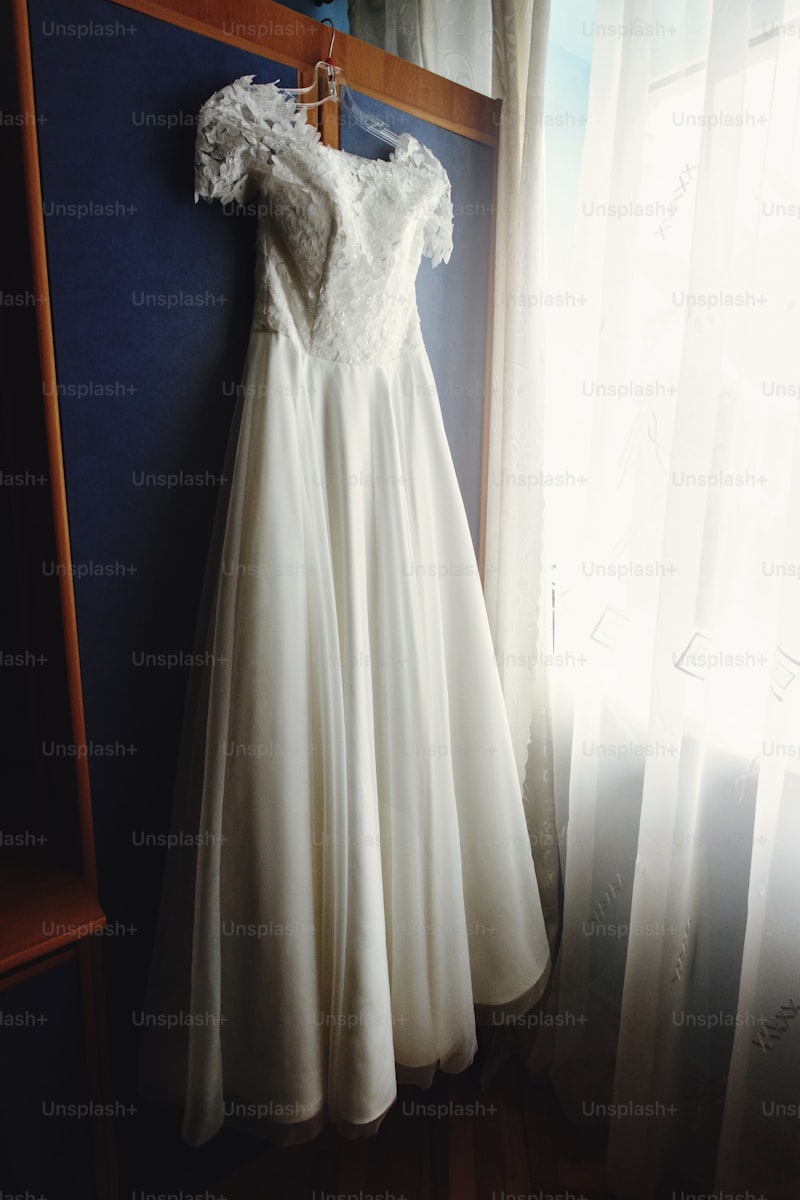How to Align Your Dress Buying with Other Wedding Plans
Your wedding day is one of the most important events in your life. Planning it can be both exciting and overwhelming, especially when it comes to choosing the perfect dress. But how do you align your dress buying with other wedding plans? This comprehensive guide will provide you with essential tips, timelines, and insights to make the dress buying process as harmonious as possible with your overall wedding preparations.
Understanding the Timeline of Wedding Planning
Before diving into the emotional journey of dress shopping, it’s crucial to understand the broader wedding planning timeline. Proper timing can help avoid unnecessary stress and ensure that your dress complements all other wedding elements.
| Wedding Planning Phase | Recommended Timeline |
| Engagement Announcement | Immediately |
| Setting the Budget | 1-2 months after engagement |
| Choosing the Venue | 3-6 months after engagement |
| Dress Shopping | 6-8 months before the wedding |
| Final Fittings | 1-2 months before the wedding |
| Wedding Day | On the day! |
This table outlines a general timeline for wedding planning. The dress shopping phase is crucial and should be aligned with other preparations.
Setting a Budget That Accommodates Your Dress
One of the first steps in aligning your dress buying with your wedding plans is setting a budget. The average cost of a wedding dress can vary dramatically, depending on your location and personal preferences. For example, in the United States, wedding dresses can range from $500 to over $5,000.
Factors to Consider in Your Budget
- Venue Costs: The location can influence how much you should spend on your dress. A lavish venue may make you want a more extravagant gown.
- Guest List: A larger guest list can increase overall costs, which might push you to find a more budget-friendly dress.
- Other Attire: Consider how much you are willing to spend on bridesmaid dresses, tuxedos, and other outfits.
Finding Your Dream Dress
Once you've set your budget and established your wedding timeline, it’s time to start the exciting search for your dream dress. Here are some strategies to ensure your dress aligns with your wedding vision.
Research and Inspiration
Start by gathering inspiration. Websites like Pinterest and bridal magazines can be great resources for visualizing what styles you are drawn to. Additionally, consider what styles work well with your wedding theme and venue. Whether it's a beach wedding or a formal ceremony in a church, your dress should complement the overall aesthetic.

Choosing the Right Dress for Your Venue
Your wedding dress should reflect not only your personal style but also the venue. For example, a lightweight, flowy gown is ideal for outdoor or beach ceremonies, while a more structured ball gown may suit a grand, traditional setting.
Coordinating Dress Style with Your Wedding Theme
Aligning your dress with your overall wedding theme is essential. If you're having a rustic wedding, consider a lace dress with earthy tones. Conversely, for a modern wedding, sleek silhouettes or minimalist designs might be more appropriate.
Color Palettes
Choosing the right color for your dress can also be pivotal. While white is a classic choice, many brides opt for colors that match their wedding theme. Soft pastels, bold hues, or even patterned dresses can reflect your personality and event style.
Bridal Boutique Appointments
Once you have a clear idea of what you want, book appointments at bridal boutiques. Bring along pictures of your wedding theme and ideas on how your dress should look. It’s also helpful to have a close friend or family member with you to provide honest feedback.
Timing of Appointments
Make sure to schedule these appointments well in advance. Some boutiques may require weeks of notice, especially during peak wedding planning seasons. Aim to visit boutiques about six to eight months before your wedding. This allows for the ordering period, adjustments, and fittings to ensure that everything aligns perfectly.
Bridal Fittings: A Must for Perfect Alignment
The final fittings are crucial. They allow you to ensure that the dress fits perfectly and meets your expectations. This stage of the process is also a great opportunity to check how the dress works with your chosen accessories, hairstyle, and makeup. Aligning these elements will ensure you look and feel your best on your big day.
Integrating Accessories
Choosing accessories is another way to ensure cohesion between your dress and the overall wedding theme. Consider the following:
- Veil: A veil can enhance the elegance of your gown.
- Jewelry: Keep it simple to let your dress shine, or go bold to make a statement.
- Footwear: Your shoes should be comfortable yet stylish. Think about where the ceremony and reception will take place.
Communicating with Your Wedding Planner
Your wedding planner can be a valuable resource in aligning your dress choice with the rest of the wedding arrangements. They can offer insights on how your dress will harmonize with floral arrangements, color schemes, and even the overall timeline of events.
Final Thoughts and Recommendations
In conclusion, aligning your dress buying with your other wedding plans requires thorough planning and alignment. Start early, budget wisely, choose a dress that complements your venue and theme, and don't forget the importance of accessories. With the right approach, you’ll not only find a dress that makes you look stunning but will also ensure that it fits seamlessly into the tapestry of your beautiful wedding day.
Remember, it’s your day, and the most important part is to feel comfortable and confident in your choice. Happy planning!